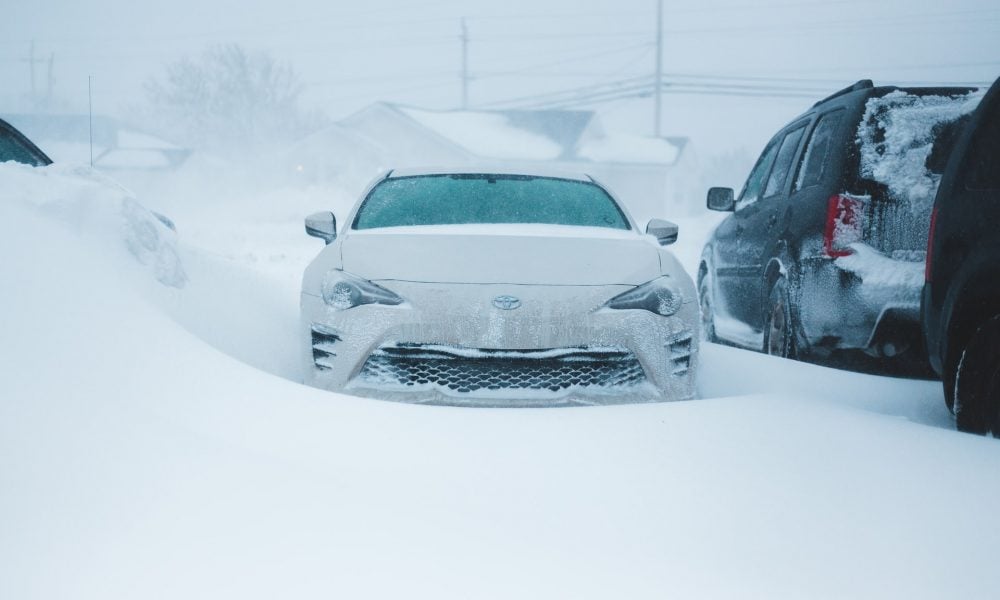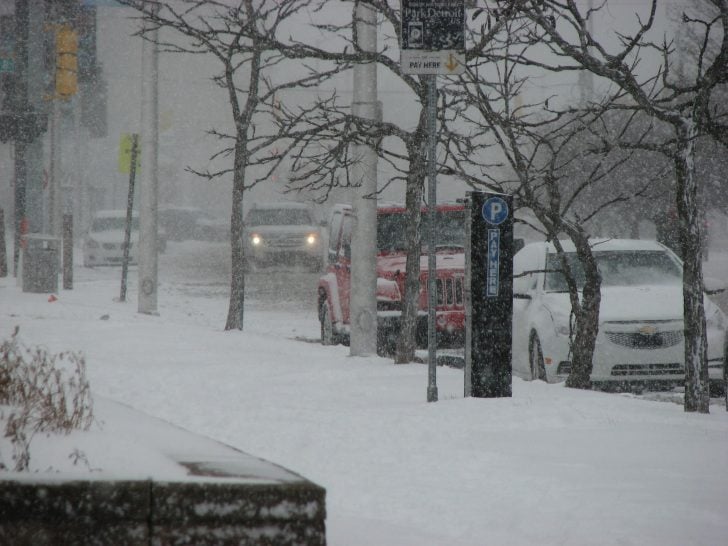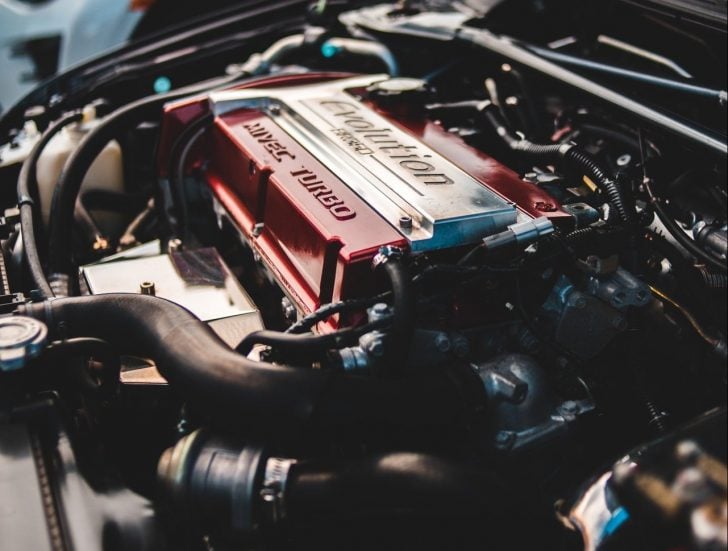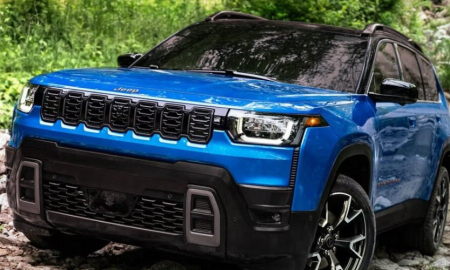
Tips for Dealing with Car Problems in Extreme Winters

Once again, it’s that time of year. Temperatures plummet into singles and negative digits. Even the wind feels dangerous and painful. The word ‘cold’ is suddenly rendered obsolete, and you have to find extreme synonyms like freezing, piercing, and numbing to describe the weather.
Throughout the US, there are few places that get colder than Alaska during winters. Luckily, the Right Choice Automotive Repair owner, who resides in one of nature’s personal freezers, Fairbanks, has quite the experience with what cold can do to a car.

Unsplash | Extreme temperatures can take a toll on your vehicle
Now’s the time to cash in all that knowledge. Let’s see what James Grant can’t tell us about protecting vehicles during extreme winter.
1. Driving an EV
Cold weather tends to affect the performance and efficiency of an EV. Less energy is produced for acceleration because of how low temperatures affect the battery. More energy is required to ensure the battery remains at optimal operating temperature in low temperatures, and then some to keep the cabin warm. Naturally, in colder climates, you’d need an EV that offers a higher energy production.
2. Ice in the Fuel Line
First of all, gasoline only freezes at -100 degrees or lower, so that shouldn’t worry you at all. However, if your gas lines have some water moisture left over, it can freeze and clog the fuel pickup in your vehicle. A simple way to get around this is keeping the tank at least half full at all times.
3. Dead Battery
Winter is no friend to your car batteries, either. If your car just won’t start, there’s a good chance your battery is out cold. Luckily, this one’s an easy fix, and all you’d need is a jumper cable. If you’re keen on keeping this problem to a minimum, be sure to keep the battery’s connections free of corrosion, clean, and tight. Additionally, if your battery is over 3 years old, it’s time to invest in a new one.

Pexels | Keep your battery updated at all times
4. Deflated Tires
The air in your tires contracts and decreases in pressure as the temperature drops lower, making them underinflated more often than usual. Be sure to check the tire pressure at least once a week as it can get very dangerous to drive with tires having less than the recommended amount of pressure.
5. Thick Oil
Car oil gets thicker as the temperature drops. At one point, which is estimated to be -20 and below, your engine is rendered incapable of picking and circulating it. A good way around this is using low-viscosity oil during winters. Before this, take a peek at your car’s manual, as the manufacturer might have recommended a specific oil for winters.

Shutterstock | The user’s guide can be quite helpful
Wrapping It Up
While winter is all but gone this year, having this useful knowledge handy is necessary. Unless you’re planning on moving to a tropical island this year, where it’s sunny all year round, you’d definitely be needing this information in a couple more months.
More inAdvice
-
`
Adults in Ohio Face Stricter Rules to Obtain Driver’s License
Ohio has passed a new law that will change the way adults under 21 get their driver’s licenses. Signed into law...
July 31, 2025 -
`
Gen Z Craves Career Guidance, But Their Parents Are Struggling Too
Gen Z is stepping into the future with curiosity and ambition—but they’re not doing it alone. A growing number of teens...
July 25, 2025 -
`
Do Car Insurance Companies Offer Pay-As-You-Go Plans?
Car insurance premiums often feel unfair to people who rarely drive. Yet, most traditional auto policies still charge a fixed monthly...
July 17, 2025 -
`
Why the Koenigsegg Sadair Spear Is the Ultimate Hypercar Beast
Koenigsegg has revealed a new beast—the Sadair’s Spear. Tuning its focus on raw performance and brutal speed, this hypercar marks the...
July 11, 2025 -
`
Which States Have the Safest—and Riskiest—Drivers in America?
Driving safety isn’t just about skill. It’s also about location. A recent nationwide report shines a spotlight on where drivers are...
July 4, 2025 -
`
How to Save on Tesla Car Insurance Without Compromising Coverage
Owning a Tesla often brings savings on fuel and a futuristic driving experience, but the conversation changes quickly when it comes...
June 26, 2025 -
`
10 Weird Cars That Turned Heads and Won Hearts
Some cars turn heads with speed, others with luxury—but a rare few grab your attention simply by being delightfully strange. From...
June 20, 2025 -
`
Next-Gen Jeep Cherokee Expected to Arrive by Late 2025
After a break of two years, Jeep is prepared to relaunch the Cherokee brand. The automaker confirmed the return with fresh...
June 12, 2025 -
`
9 Tips to Make Night Driving Safer and Less Frightening
Once the sun dips below the horizon, driving becomes more than just a commute—it becomes a challenge. Limited visibility, harsh glares,...
June 6, 2025















You must be logged in to post a comment Login